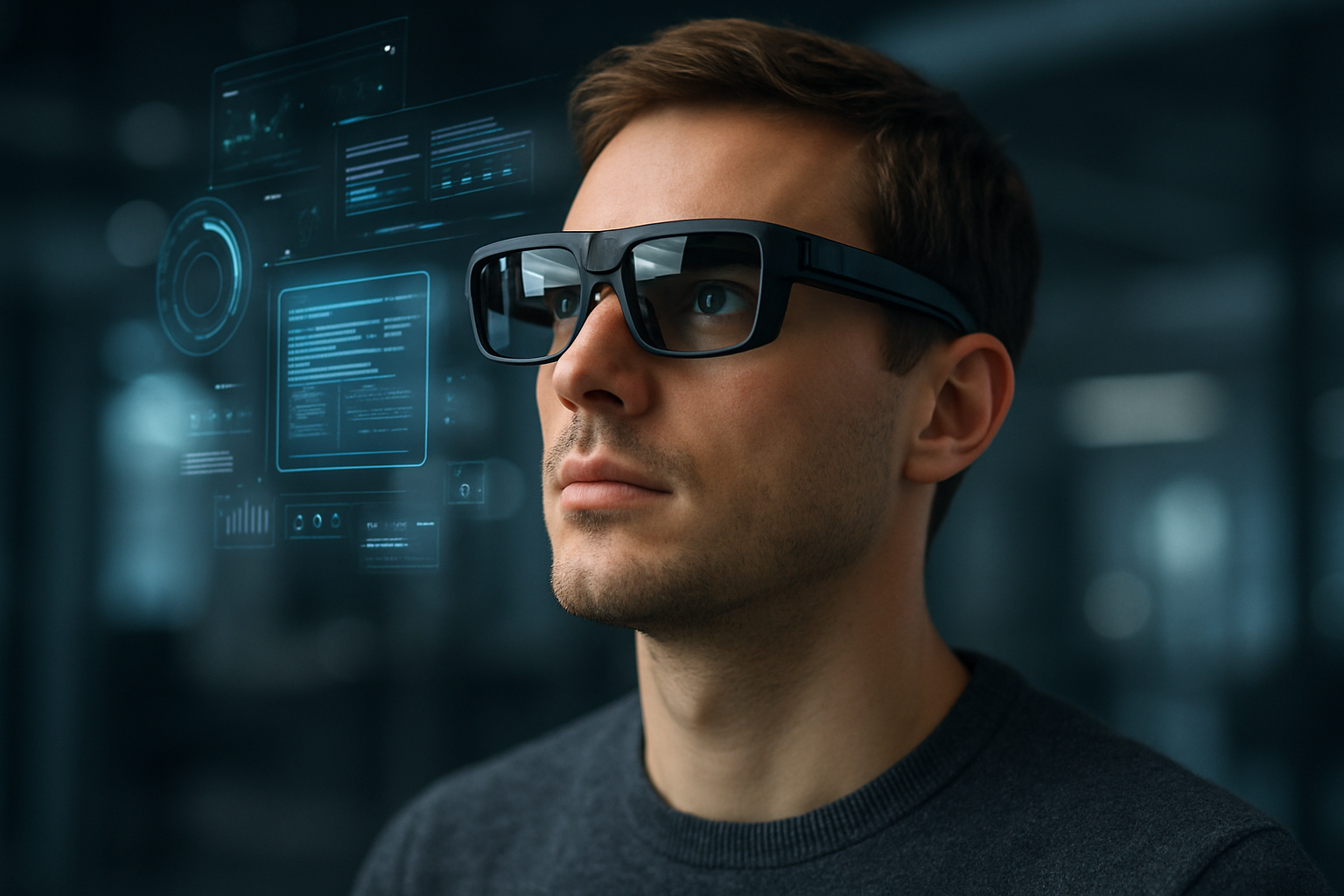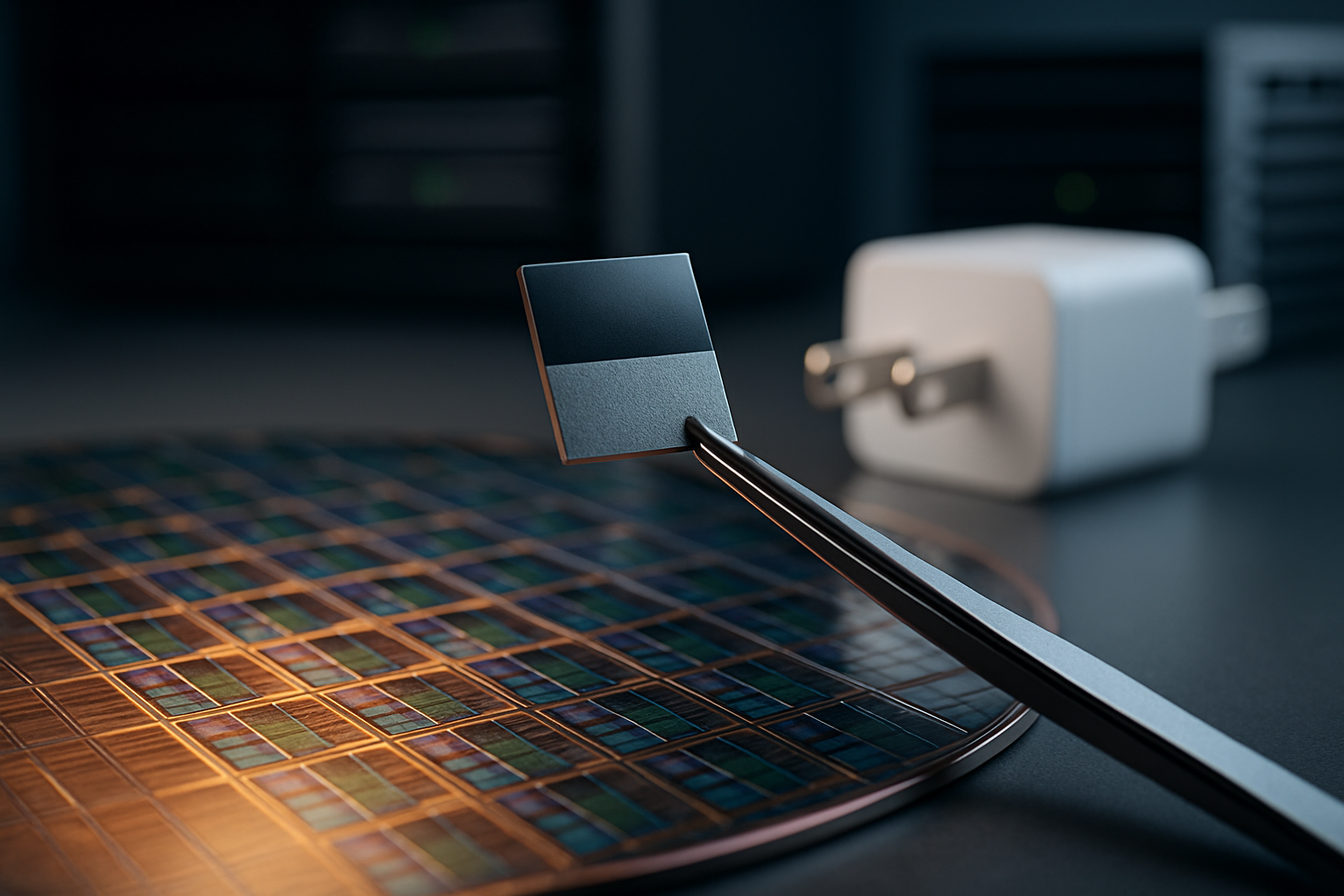Pioneering the Future: The Influence of AR Glasses
Introduction: Augmented Reality (AR) glasses are making waves in the tech world. They are blurring the lines between physical and digital realms and offering a unique user experience. This article explores the evolution of AR glasses, their current state, and potential implications for the future.

The Genesis of AR Glasses
AR glasses emerged as a concept in the early 1990s with the Virtual Fixtures system developed by the US Air Force. This system overlaid virtual objects on top of physical ones to aid in complex tasks. By the 2000s, several tech companies, including Google and Microsoft, had started developing their versions of AR glasses. These early iterations, though innovative, were expensive and bulky, limiting their consumer appeal.
The Modern-Day Adoption
Fast-forward to today, AR glasses have undergone a significant transformation. They have become sleeker, more affordable, and offer better functionality. Tech giants like Facebook, Google, and Apple are investing heavily in this technology. For instance, Facebook’s project ‘Aria’ is in the works to produce a consumer-friendly AR glasses offering a seamless blend of the physical and digital world.
The AR Glasses Market Impact
Despite being in the nascent stage, the AR glasses market shows promising growth potential. According to a report by Grand View Research, the global AR market is expected to reach USD 340.16 billion by 2028. This growth can be attributed to the increasing adoption of AR glasses in various sectors like gaming, education, healthcare, and manufacturing.
The Price Perspective
When it comes to the price point, AR glasses range from affordable to high-end. For instance, the Epson Moverio BT-300, a popular choice among drone enthusiasts, is priced at around $700. On the other hand, more advanced AR glasses like the Microsoft Hololens 2 cost around $3,500. While the pricing varies, it is expected to become more affordable with technological advancements and increased competition.
Gazing into the Future
The future of AR glasses looks promising, with several exciting developments underway. Tech companies are working to improve the usability and functionality of AR glasses. For instance, Apple is reportedly working on an AR glasses project, aiming to offer a lightweight and stylish device. The glasses are expected to connect with iPhones to display information directly in the user’s field of vision.
In conclusion, AR glasses represent a next-level technological shift that is set to redefine our interaction with the digital world. As they become more mainstream, we can expect to see a radical transformation in various sectors, from gaming and education to healthcare and manufacturing. It’s an exciting time to be a tech enthusiast, as we witness the dawn of a new era in digital interaction.






